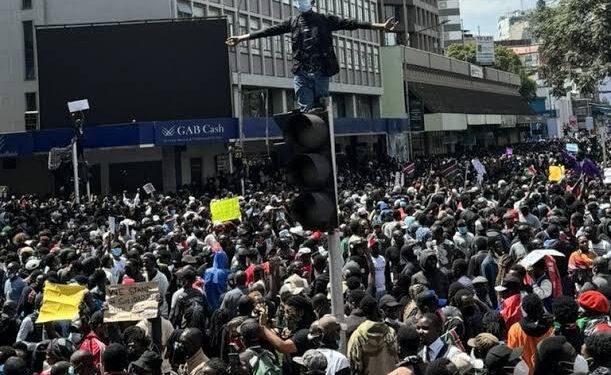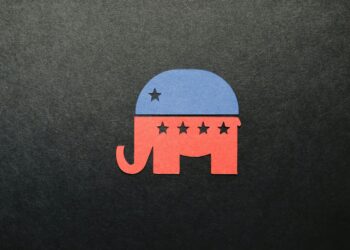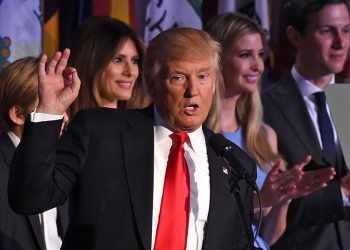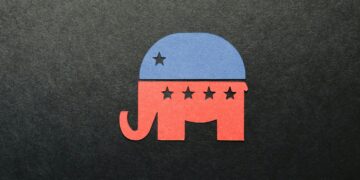A renewed wave of protests against the Kenyan government and its administrative system has caused significant unrest in the nation, resulting in at least one person dead and many others injured, abducted, or illegally detained. The protests began last month in response to a proposed tax hike by the government. Despite withdrawing the legislation and dismissing nearly all cabinet members, dissatisfaction persists. Protesters are now demanding the resignation of President Ruto and systematic changes to combat corruption and poor governance.
Public Outcry Against President Ruto and the IMF
President Ruto has faced significant criticism, with many Kenyans labeling him “incompetent” and accusing him of serving the interests of the International Monetary Fund (IMF). Young Kenyan protesters have particularly targeted the IMF, blaming it for pushing the proposed tax hikes. The IMF, however, maintains that its lending programs aim to help Kenya overcome economic challenges and improve the well-being of its people.
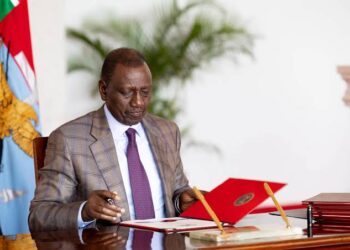
Escalating Demonstrations
Tuesday’s demonstrations were among the largest since the tax increase was withdrawn on June 26. According to The Nation newspaper, protests occurred in at least 23 of Kenya’s 47 counties. In Kitengela, on the southern outskirts of Nairobi, police fired repeatedly at hundreds of protesters, some of whom were throwing rocks. Reuters TV footage showed protesters burning tires, waving Kenyan flags, and chanting “Ruto must go!”
Government Response
The interior ministry did not directly address Tuesday’s events but stated that security agencies were instructed to exercise restraint. Despite this, reports indicate that riot police fired tear gas at several dozen protesters. Medics were seen carrying away an injured person on a stretcher, and in Nakuru, a journalist was injured, with television footage showing her bleeding from her thigh.
Accounts from the Ground
Njeri Wa Migwi, an activist protesting in downtown Nairobi, reported that the demonstration was peaceful until the police began firing tear gas. “Today feels very insidious. It was like the police were out to get us,” she said.
Conclusion
The ongoing protests in Kenya highlight deep-seated dissatisfaction with President Ruto’s administration and the broader governance issues within the country. Despite attempts to address specific grievances, such as the proposed tax hike and cabinet changes, the calls for substantial reforms and the president’s resignation persist. The clashes between protesters and security forces underscore the tension and urgency of the situation. As the protests continue, it remains to be seen how the government will respond to the demands for systemic change and how this turmoil will impact Kenya’s political and economic landscape.

